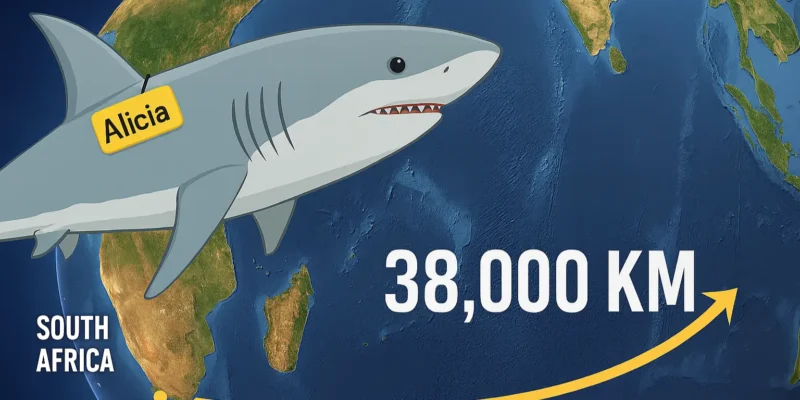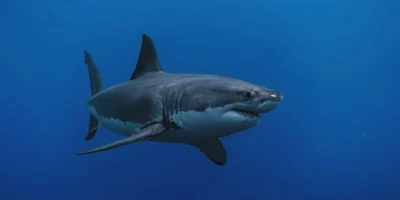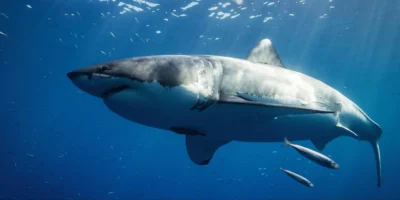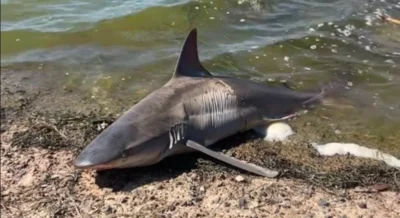Some scientific findings emerge from the depths only by chance. This was the case with "Alicia," a female great white shark tagged with a satellite transmitter in 2012 off Gansbaai (Western Cape, South Africa) – and years later unexpectedly "resurfaced" in the Indonesian fisheries sector.
The researchers tracked Alicia’s route until April 2014, when her transmitter last signaled about 1,000 kilometers southeast of Madagascar. After that, there was radio silence. It was only in 2016 that the tag was recovered in Indonesia from a captured shark. Through the serial number and database matching, it was confirmed without doubt: this was the very tag that had been attached in 2012 to a roughly 3.90-meter subadult female great white shark. When landed in Indonesia, the animal had been mistakenly classified as a longfin mako shark.
Record journey across oceans – and a lucky coincidence
Telemetry data reveal an extraordinary movement pattern: starting in 2013, Alicia covered a distance of about 38,000 kilometers within 395 days – averaging around 56 kilometers per day. She crossed waters with surface temperatures ranging from 3.8 to 29 °C, passing through areas such as the uThukela Banks Marine Protected Area on South Africa’s east coast before finally reaching Southeast Asia. It is the longest documented migration of this kind and the first recorded evidence of a great white shark from South African waters in Southeast Asia.
That the story did not vanish into obscurity is thanks to cooperation with local fishermen: an Indonesian conservation project offered rewards for recovered tags. In this way, the transmitter ended up in the hands of researchers and was clearly identified by the manufacturer – a rare stroke of luck that made it possible to reconstruct the journey historically.
Misidentification as a warning signal
The case highlights a well-known problem: in catch statistics, sharks are sometimes misidentified. When great white sharks are recorded as other species – or vice versa – statistics underestimate potential bycatch and mortality rates of threatened species. Particularly alarming: the shark caught in Indonesia was “deeply hooked,” which practically rules out gentle release.
“Our data suggest that misidentifications occur in the records. This can distort stock assessments and complicate conservation efforts,” says study author Dylan Irion (UCT).
Extreme adaptability – and open questions
Alicia’s route highlights the enormous ecological range of the great white shark – from cold kelp forests to tropical coral regions. At the same time, the odyssey provides new pieces to another puzzle: why have great white sharks partly disappeared from former hotspots like Gansbaai? Research points to eastward shifts – a possible reason being orcas in the region that specifically target shark livers.
“I am impressed by how adaptable these sharks are – they manage in an astonishing variety of habitats,” says co-author Dr. Alison Kock (SANParks).
Lessons for research and management
The case of Alicia shows how valuable telemetry, local cooperation, and clear identification keys are. Better training for data collectors, standardized identification guides, incentives for reporting tags, and robust monitoring of catch statistics could help close gaps. For the protection of threatened shark species, precise data are indispensable – not only to understand migration corridors, but also to design effective protected areas and fisheries regulations.





